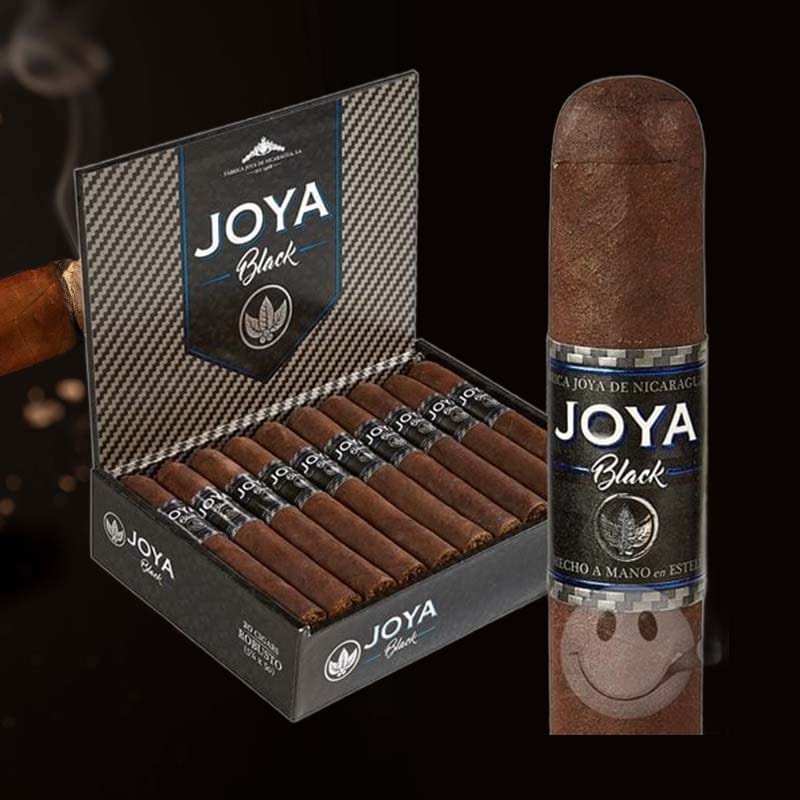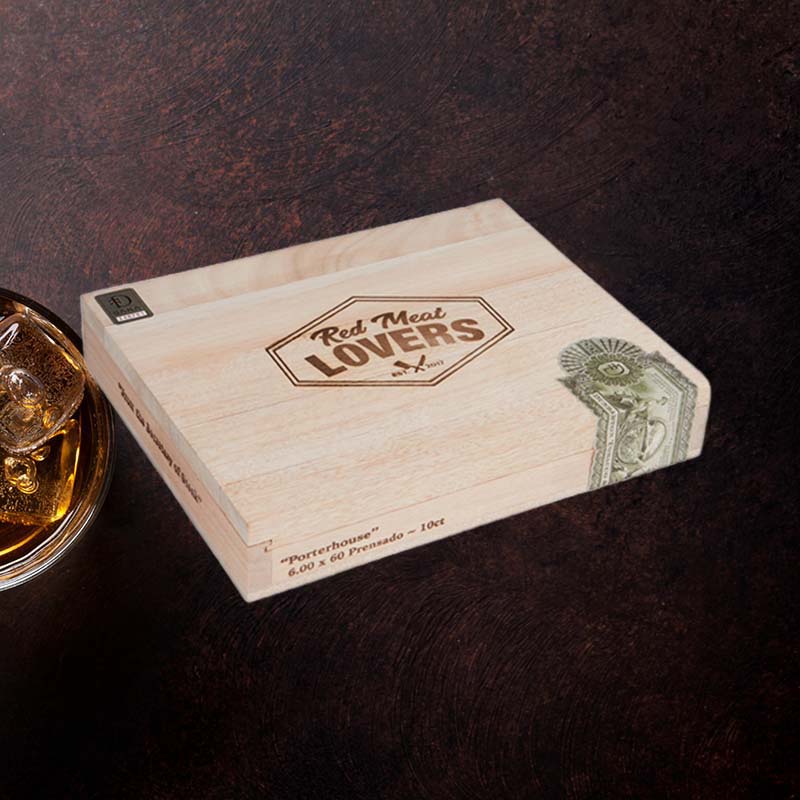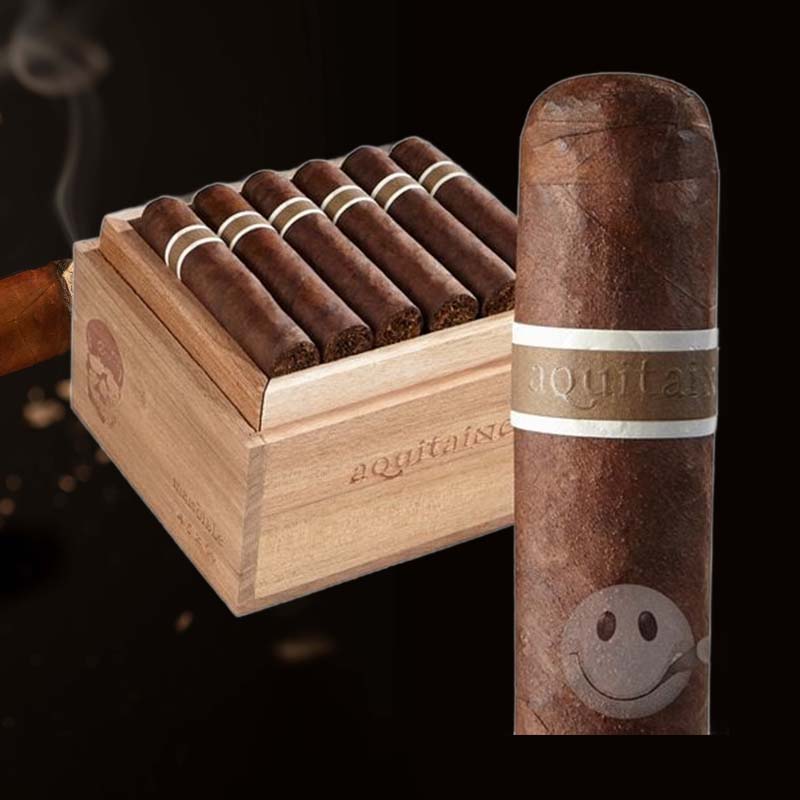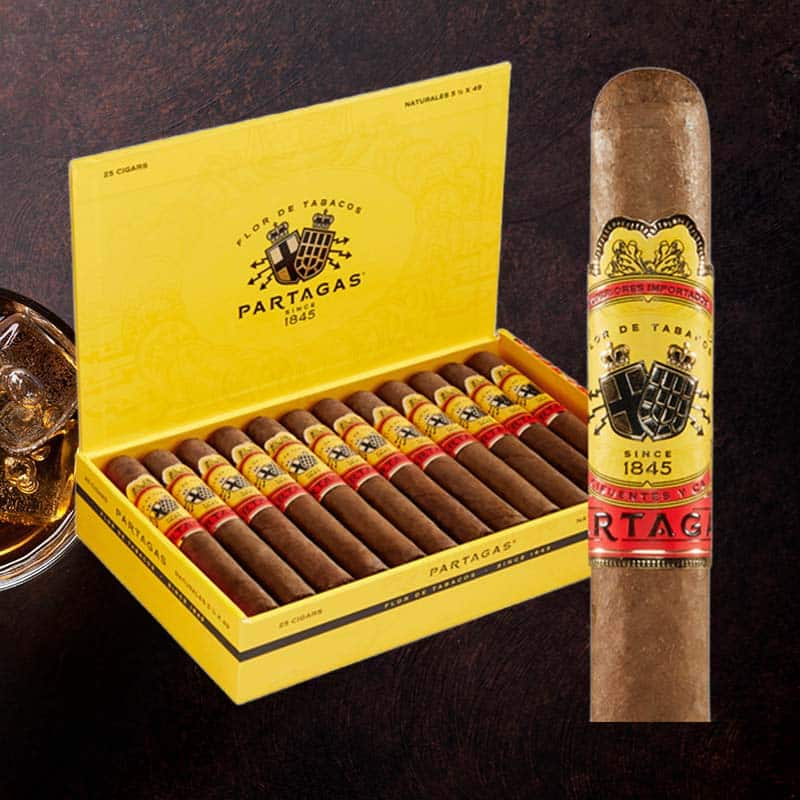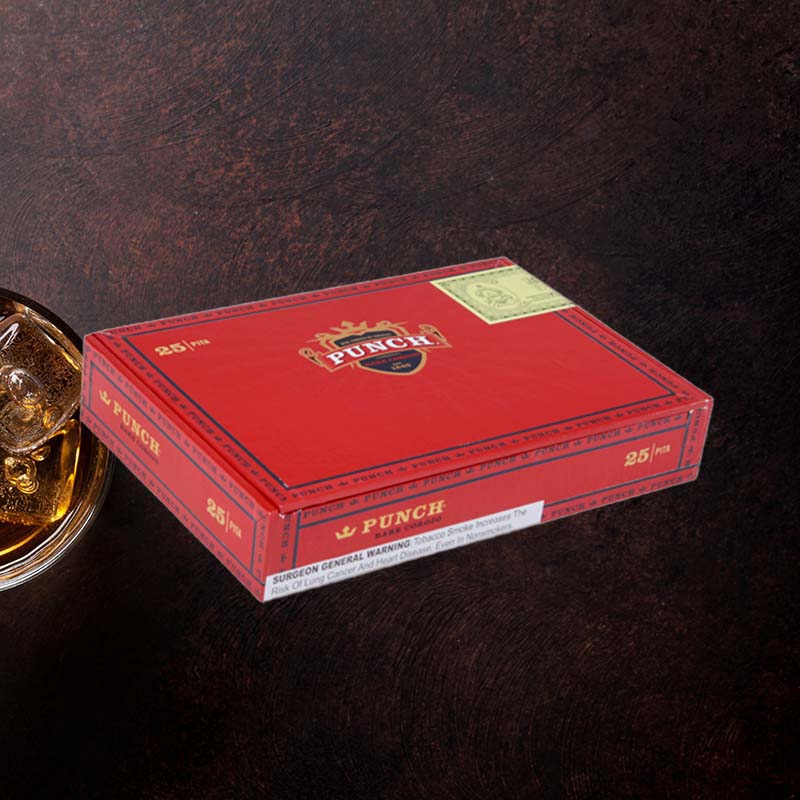Components of a torch lighters
As a cigar enthusiast, nothing excites me more than the moment I light my favorite cigar. The right lighter can elevate that experience, and torch lighters have become my go-to choice. Their powerful flames make even the toughest cigars easy to light, but what lies beneath the surface? Let’s dive into the components of a torch lighter and uncover the intricacies that make it such an indispensable tool for any cigar aficionado.
Understanding Torch Lighters
The Anatomy of a Torch Lighter: Understanding the Parts and Components
A torch lighter isn’t just a simple igniter; it’s a finely-tuned instrument designed for performance. Each component plays its unique role in ensuring that moment of ignition is not just an act, but a ritual. Let’s peel back the layers to appreciate the craftsmanship behind such a handy device.
Components of Torch Lighters
Fuel Tank
The fuel tank is the heart of a torch lighter. It stores butane, the fuel that powers the flame. Typically crafted from durable plastic or metal, the tank’s design allows for efficient fuel storage to keep your lighter filled and ready for action. A well-maintained fuel tank ensures that you can enjoy your favorite cigar without interruptions.
Ignition Button Mechanism
Ever felt that satisfying click of an ignition button? That’s all thanks to the ignition button mechanism. This component creates a spark or a flammable gas flow when pressed, enabling ignition. The design is generally ergonomic, making it easy to operate even in outdoor environments.
Nozzle
The nozzle directs the flame, playing a pivotal role in how effectively you light your cigar. A well-designed nozzle ensures a focused and adjustable flame, allowing you to strike the perfect balance in lighting without scorching your cigar.
Flint Wheel or Piezoelectric Ignition System
The ignition system can either be a flint wheel or a more modern piezoelectric system. The flint wheel uses friction to create a spark, while the piezoelectric system generates a spark when pressure is applied. Each comes with its advantages, so choosing what’s best for you will come down to personal preference and how frequently you use your lighter.
How Torch Lighters Work
Butane Gas Combustion
When you press the ignition button, butane gas is released from the fuel tank into the nozzle. At this moment, the magic begins, as the butane quickly ignites when exposed to a spark, creating a powerful flame.
Spark Generation
As mentioned earlier, the ignition mechanism (flint wheel or piezoelectric) generates a spark. This is a crucial step that bridges fuel release and flame production, ensuring that every time you flick your lighter, there’s a reliable spark waiting to ignite the gas.
Flame Production Process
Once the butane combusts, a cone-shaped flame is produced. This concentrated flame provides the intense heat necessary for effectively lighting cigars, even in windy conditions. This is why I often choose a torch lighter when I’m outside.
Types of Torch Lighters
Single Jet
Single jet lighters are compact and often more portable. They are ideal for casual cigar smokers who want an easy-to-carry option.
Double Jet
Double jet lighters offer a more powerful flame, making them a popular choice among serious cigar aficionados. They provide better heat distribution, ensuring a thorough light.
Triple, Quadruple, Etc.
For those who demand nothing less than perfection, triple and quadruple jet lighters make a striking statement. The multi-flame design ensures quick, even lighting – perfect for larger cigars that require more heat.
Maintaining Your Torch Lighter
Refilling the Fuel Tank
To keep my lighter in top shape, I make sure to refill the fuel tank when necessary. Using high-quality butane prevents clogging and ensures a dependable flame.
Cleaning the Nozzle
Regularly cleaning the nozzle is vital for optimal performance. I use a soft brush or compressed air to remove any debris that might be blocking the flow of gas.
Maintaining the Ignition System
To ensure a reliable spark every time, I check the ignition system regularly. If it feels weak or doesn’t spark, replacing the flint wheel or cleaning the piezoelectric system can often solve the problem.
Troubleshooting Torch Lighters
Common Issues and Solutions
Sometimes my lighter doesn’t ignite, which can be frustrating! Typically, I check the fuel level, ensure the nozzle is clean, and examine the ignition system for any wear. These steps often resolve the issue.
Safety Considerations for Torch Lighters
Safety Tips for Handling Butane Lighters
Handling butane requires care. I always make sure to keep the lighter away from heat sources and to store it upright to avoid leaks.
Following Manufacturer Instructions
Each lighter is different, so I diligently read and follow the manufacturer’s instructions for use and storage. This ensures safety and prolongs the life of my lighter.
Customization Options
Engraving and Etching: Adding Personalized Touches
One of the joys of owning a torch lighter is the option to customize it. I have had mine engraved with my initials, which not only gives it a personal touch but makes it uniquely mine.
Designing Your Custom Torch Lighter
From colors to themes, the customization options are endless! I enjoy picking designs that resonate with my personality, making my lighter a conversation piece when I’m enjoying a cigar with friends.
Advantages of Torch Lighters
Reliability and Ease of Use
In my experience, torch lighters are incredibly reliable. They ignite quickly and require minimal effort to use, which is a must when I’m eager to light up and relax.
Consistent Flame Production
With their consistent flame production, I know I can count on a torch lighter every time. This guarantees a smooth lighting experience, even when the weather tries to intervene.
Fuel Types for Torch Lighters
Butane
Butane is the most common fuel for torch lighters, known for its clean burn and convenience. It’s readily available and works beautifully for cigar lighting.
Alternative Fuels
While butane is popular, there are alternative fuels available. I’ve occasionally experimented with propane lighters, but they tend to be bulkier and less practical for my daily needs.
FAQ
What are the components of a torch?
Components of a torch include a fuel tank, ignition button mechanism, nozzle, and ignition system (like a flint wheel or piezoelectric system).
What are the main parts of a lighter?
The main parts of a lighter are the fuel tank, ignition mechanism, and nozzle, each playing an essential role in the lighting process.
What is in a torch lighter?
A torch lighter contains butane fuel, an ignition mechanism (flint wheel or piezo), a nozzle for directing the flame, and a fuel tank.
What are the basic components of a torch handle?
The basic components of a torch handle include the ignition button to activate the flame, safety features, and the trigger mechanism for fuel control.
